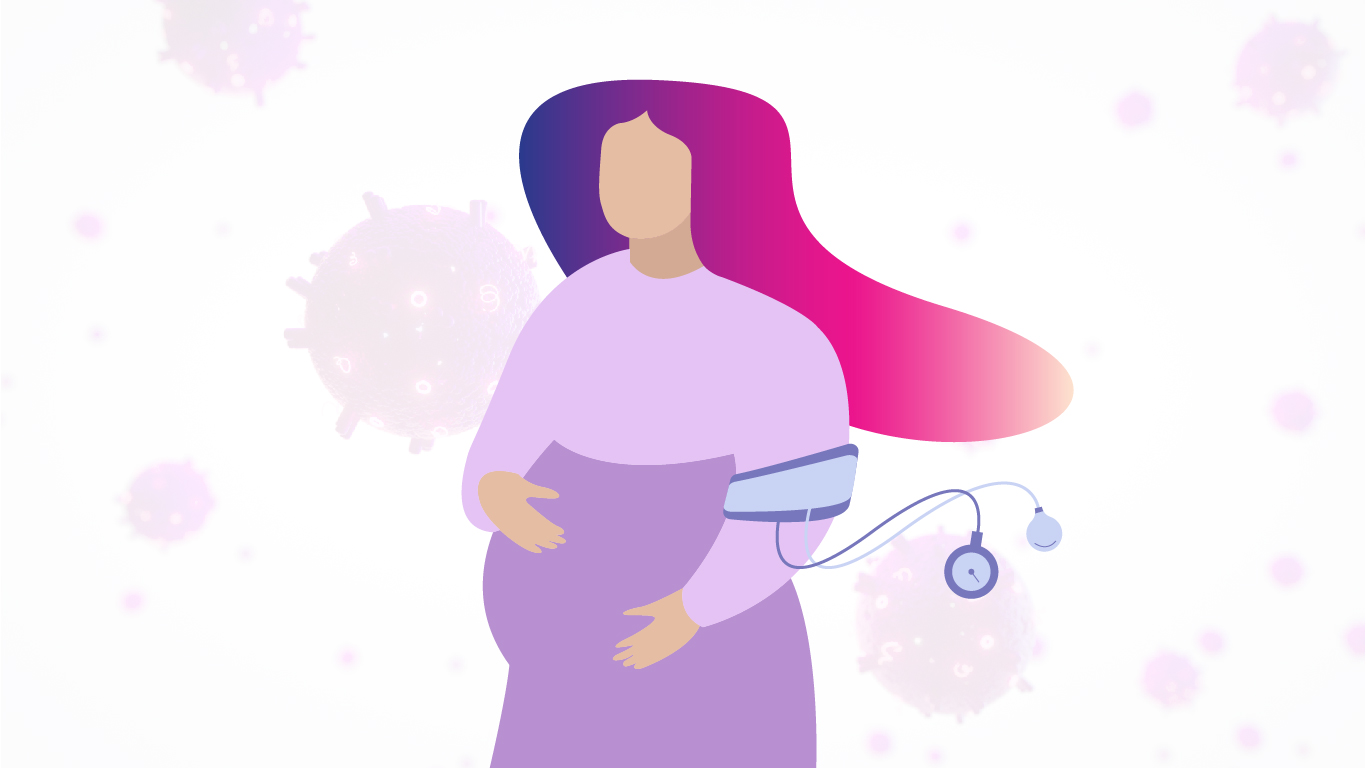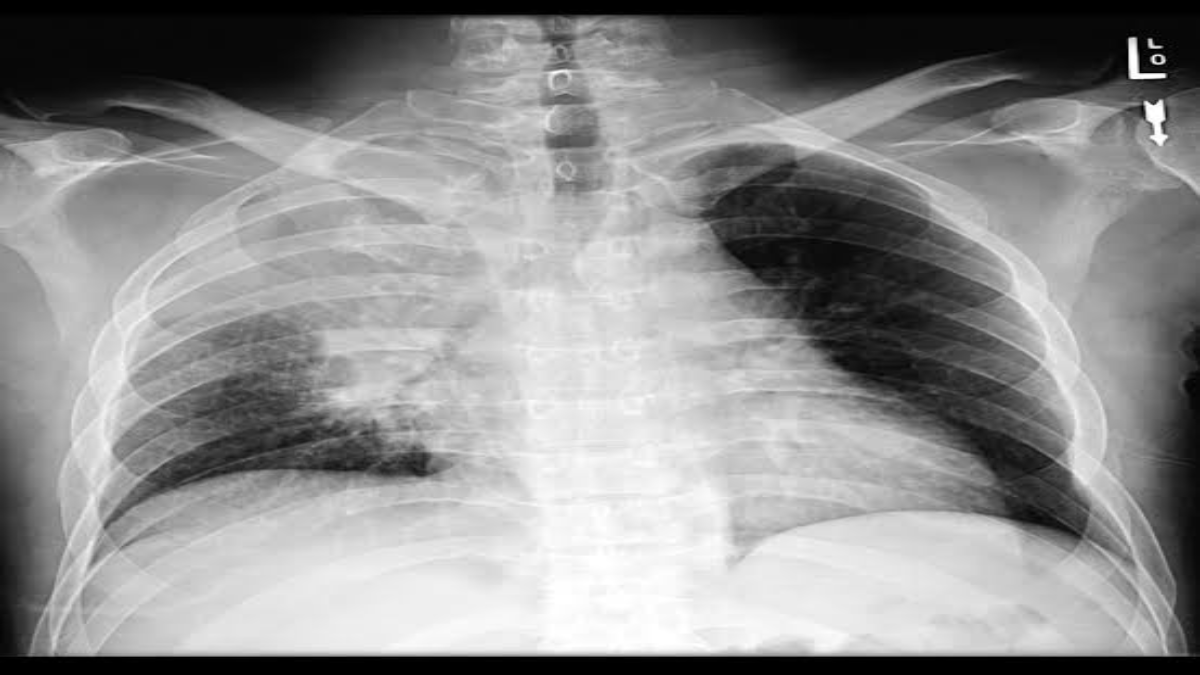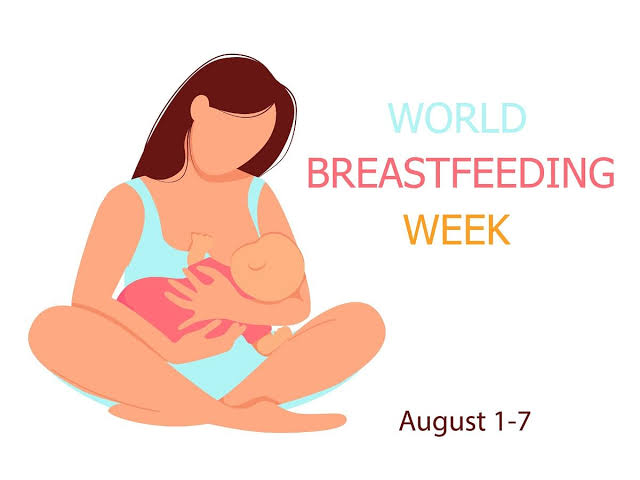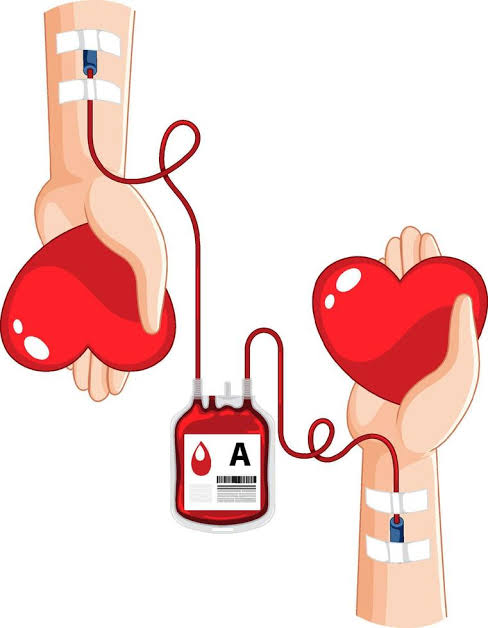Ask Me About Pre-eclampsia

May 22 marks World Pre-eclampsia Day, a day dedicated to raising awareness about one of the leading causes of maternal and newborn complications worldwide. Despite how common it is, many still don’t understand what pre-eclampsia really is, how it affects pregnancy, or what signs to look out for. This year’s theme, “Ask Me About Pre-eclampsia,” encourages open conversations, questions, and accessible information.
In line with that, this short Q&A article is here to provide simple answers to the most important questions. Whether you’re an expectant mother, a concerned friend, or just curious, this is your easy guide to understanding pre-eclampsia.
Q: What exactly is pre-eclampsia?
A: Pre-eclampsia is a serious health condition that can happen during pregnancy, usually after the 20th week. It is marked by high blood pressure and often by protein in the urine, which signals that the kidneys may be under stress. But it’s more than just “high blood pressure”—pre-eclampsia is a silent threat that can affect multiple organs in both the mother and the unborn baby. If not caught and managed early, it can lead to complications like organ failure, seizures (eclampsia), preterm birth, or in extreme cases, maternal or infant death. That’s why it’s so important to know the signs and speak up.
Q: Is pre-eclampsia really that common?
A: Yes, and that’s what makes it dangerous. Pre-eclampsia affects about 5 to 8 percent of pregnancies worldwide, which means 1 in every 20 women could develop it. Many people assume it’s rare or only affects women with existing health issues—but the truth is, it can happen to anyone, even seemingly healthy young women in their first pregnancies.
Q: What are the causes of pre-eclampsia?
A: Scientists are still trying to fully understand the causes of pre-eclampsia. However, we know that it often starts in the placenta, the organ that nourishes the baby during pregnancy. In pre-eclampsia, the blood vessels that develop in the placenta don’t form properly, leading to reduced blood flow and increased pressure in the mother’s body. Other factors like genetics, immune response, poor diet, chronic stress, and underlying health conditions also play a role. The condition tends to run in families, and certain women are more vulnerable due to a variety of risk factors.
Q: Who is most at risk of developing pre-eclampsia?
A: Several factors increase a woman’s chances of developing pre-eclampsia. These include:
•First-time pregnancy
•Family history (e.g., mother or sister had pre-eclampsia)
•Previous experience with pre-eclampsia
•Age below 20 or above 35
•Being overweight or obese
•Multiple pregnancies (twins, triplets)
•Pre-existing conditions like chronic hypertension, diabetes, kidney disease, or autoimmune disorders
•Use of IVF or assisted reproductive technologies
That said, even women without any of these risk factors can still develop pre-eclampsia. That’s why routine monitoring is so important.
Q: What are the warning signs and symptoms to look out for?
A: Pre-eclampsia can be tricky because it may begin without any noticeable symptoms. However, as it progresses, many women experience one or more of the following:
•High blood pressure (140/90 mmHg or higher)
•Protein in urine (found through lab testing)
•Persistent headaches, especially ones that don’t go away with rest or medication
•Blurred vision, seeing spots or flashing lights
•Swelling, especially in the face, hands, and ankles
•Sudden weight gain
•Upper abdominal pain, usually on the right side
•Nausea and vomiting in the second half of pregnancy
•Reduced urine output
•Shortness of breath or chest pain
If any of these signs show up, especially together, speak to your healthcare provider immediately.
Q: Can pre-eclampsia harm the baby too?
A: Yes, it can. Pre-eclampsia reduces blood flow to the placenta, which can mean the baby isn’t getting enough oxygen and nutrients. This can lead to:
•Slow growth (intrauterine growth restriction)
•Low birth weight
•Preterm delivery
•Stillbirth, in severe cases
In emergencies, doctors may need to deliver the baby early—sometimes weeks before the due date—to save both lives. This is why timely diagnosis and management are crucial.
Q: How is pre-eclampsia diagnosed?
A: Diagnosis is based on regular antenatal screenings. Your doctor or midwife will:
•Monitor your blood pressure at every visit
•Check your urine for protein
•Order blood tests to assess your liver and kidney function
•Track the growth and well-being of the baby using ultrasound
Sometimes, women are admitted for closer observation if their condition worsens or if the baby is in distress.
Q: Is there a cure for pre-eclampsia?
A: Unfortunately, the only definitive cure for pre-eclampsia is delivering the baby and placenta. However, many cases can be managed effectively until the baby is developed enough to be born safely. Management may include:
•Blood pressure medications
•Steroid injections to help mature the baby’s lungs if early delivery is likely
•Frequent monitoring of both mother and baby
•Hospital admission for severe cases
•C-section delivery, when necessary
Q: What happens after delivery? Does pre-eclampsia go away?
A: In most cases, yes—pre-eclampsia resolves after delivery. However, some women may still have high blood pressure for days or even weeks postpartum. A few may develop postpartum pre-eclampsia, which can occur up to six weeks after childbirth. That’s why it’s important to keep attending postnatal appointments and follow your doctor’s instructions. You may need medication, lifestyle changes, and long-term blood pressure monitoring.
Q: Can pre-eclampsia be prevented?
A: While it can’t always be prevented, you can significantly reduce your risk by:
•Attending all your antenatal visits
•Taking low-dose aspirin, if recommended by your doctor
•Managing chronic conditions like diabetes or hypertension
•Maintaining a healthy weight before and during pregnancy
•Eating a balanced diet rich in fruits, vegetables, and low-sodium foods
•Avoiding smoking and alcohol
•Knowing your risk factors and speaking up early
Q: Why does awareness matter on World Pre-eclampsia Day?
A: Because too many women suffer in silence, dismissing their symptoms or not knowing what to look out for. Pre-eclampsia is preventable and manageable—but only if caught early. World Pre-eclampsia Day is a reminder to ask questions, listen to your body, support pregnant women and educate others in your community.




